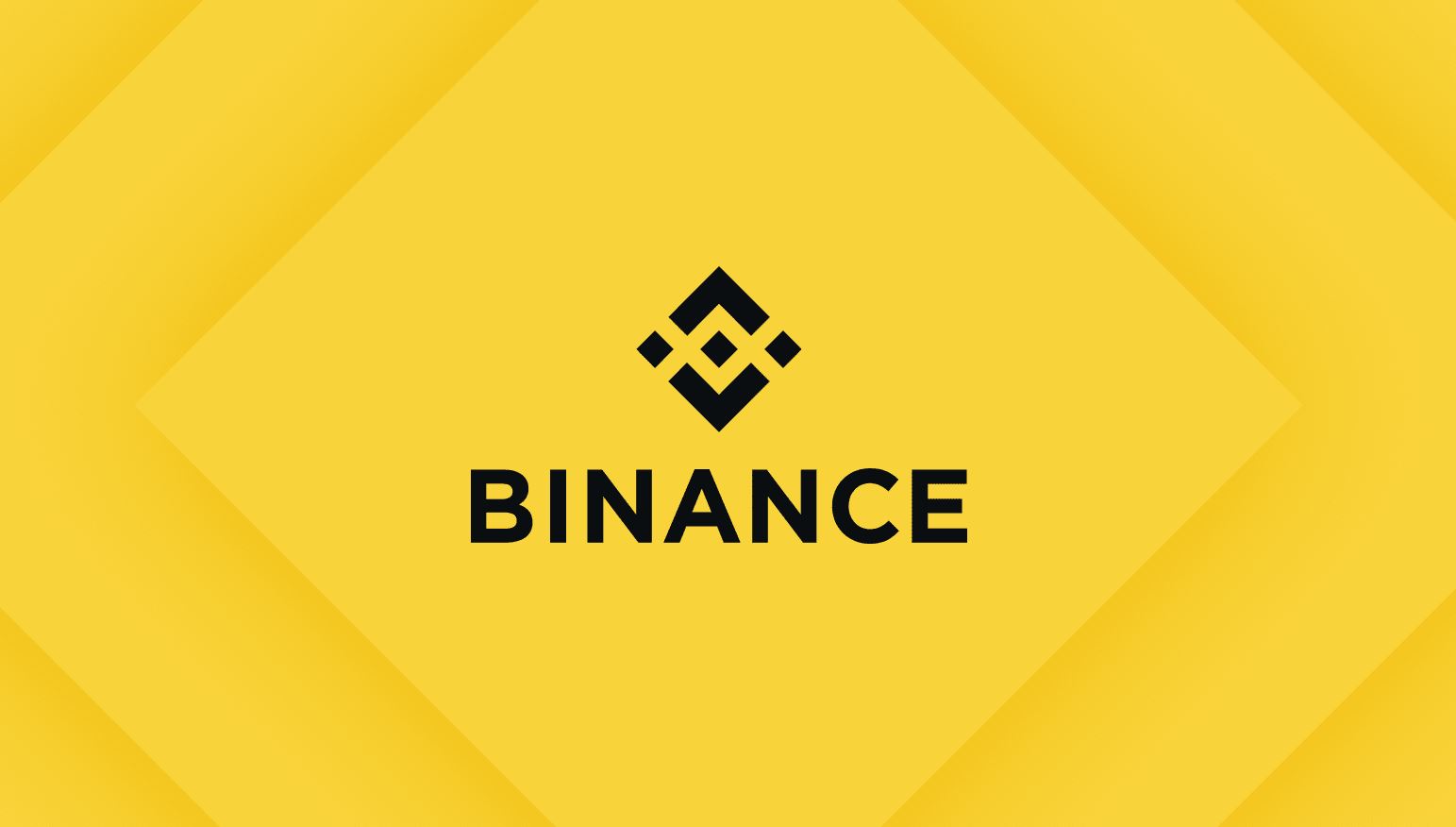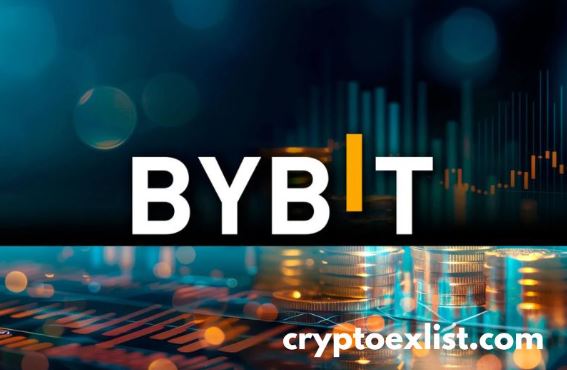Binance vs Bybit Cryptocurrency Exchange Comparison
The cryptocurrency market has grown immensely, and choosing the right exchange for trading is crucial for success. Binance and Bybit are two of the most popular exchanges in the industry today. Both offer unique features, competitive trading fees, and various benefits for users. However, there are key differences between the two that could influence your choice depending on your trading style, experience level, and needs. This comparison will help you make an informed decision.
Overview of Binance and Bybit
In this section, we’ll introduce both Binance and Bybit, providing a brief overview of their history, purpose, and what makes each platform stand out in the crowded cryptocurrency market.
Binance: The Giant of the Crypto Exchange World
Binance, founded in 2017, is one of the largest and most well-known cryptocurrency exchanges globally. With over 224 million active users, Binance offers a wide range of services, including spot trading, futures trading, staking, lending, and even savings. It supports over 500 cryptocurrencies, providing users with extensive options for trading and investment.
Bybit: A Platform Tailored for More Advanced Users
Bybit, established in 2018, is known for its focus on derivatives and leveraged trading. Bybit is a great option for users who are familiar with the cryptocurrency market and are seeking more advanced trading tools. While Bybit supports fewer cryptocurrencies than Binance, it still offers essential pairs like BTC, ETH, XRP, and more, and it excels in derivatives trading with leverage options up to 100x.
Trading Fees and Features
Now let’s take a closer look at the trading fees and features offered by both Binance and Bybit, helping you determine which platform offers better value for your trades.
Trading Fees
- Binance: Binance offers a competitive trading fee structure, starting at 0.1% for both makers and takers. However, Binance allows users to reduce fees by using its native token, BNB, for fee payments. Additionally, the platform provides fee discounts depending on the user’s trading volume and participation in Binance’s ecosystem.
- Bybit: Bybit also offers low trading fees, with the maker fee set at 0.025% and the taker fee at 0.075%. For advanced traders who are looking to maximize their leverage, Bybit’s fee structure is highly attractive, especially considering the high leverage options available.
Additional Features
- Binance: Binance is known for its comprehensive platform, offering a wide range of features such as staking, margin trading, and savings programs. It also supports fiat-to-crypto acquisitions, allowing users to easily convert traditional currencies into cryptocurrencies.
- Bybit: Bybit focuses on providing a streamlined trading experience with features like one-click buy, launchpad, and a derivatives portal. These features are specifically tailored for advanced traders looking to dive into leveraged products.
Supported Cryptocurrencies
The range of cryptocurrencies available on an exchange is a critical factor when choosing a platform. In this section, we’ll compare the variety of supported assets on both Binance and Bybit.
- Binance: Binance supports over 500 cryptocurrencies, making it one of the most versatile exchanges in terms of available assets. This includes popular tokens like Bitcoin (BTC), Ethereum (ETH), Litecoin (LTC), and XRP, among many others.
- Bybit: Bybit supports a smaller selection of cryptocurrencies compared to Binance, focusing mainly on Bitcoin (BTC), Ethereum (ETH), and a few others like XRP and ARB. However, it does provide users with access to over 1,600 more tokens for leveraged trading, especially in futures.
Security Measures
Security is always a top priority when choosing a cryptocurrency exchange. Both Binance and Bybit have taken substantial steps to ensure the safety of their users. Let’s compare the security measures each platform offers.
Binance: Strong Security with Two-Factor Authentication
Binance places a strong emphasis on security, offering features such as two-factor authentication (2FA) and robust encryption for data protection. It also conducts regular security audits and has insurance coverage to protect users’ funds in case of a breach.
Bybit: Secure with 2FA and Cold Wallets
Bybit also employs two-factor authentication (2FA) and utilizes cold wallets for securing user funds. The platform’s security measures are on par with Binance’s, and Bybit has an excellent reputation for protecting user funds from potential hacks.
User Interface and Ease of Use
For a seamless trading experience, the user interface and ease of navigation are crucial. In this section, we’ll compare the user interfaces of Binance and Bybit to see which platform is easier to use.
Binance: Advanced Yet User-Friendly
Binance’s platform is known for its rich functionality and advanced trading tools. While it can be overwhelming for beginners, Binance provides a simple interface for casual users and advanced tools for experienced traders. It also offers a mobile app that allows users to trade on the go.
Bybit: Intuitive for Advanced Traders
Bybit is designed with experienced traders in mind. While it has a slightly steeper learning curve for new users, its user interface is intuitive for those familiar with trading derivatives. Bybit’s mobile app is highly rated for its functionality and ease of use, making it a great option for mobile traders.
Customer Support
When trading cryptocurrencies, having access to prompt customer support can make all the difference. In this section, we’ll compare the customer support services provided by Binance and Bybit.
Binance: 24/7 Support with Some Room for Improvement
Binance offers 24/7 customer support through live chat, email, and its ticketing system. While the exchange has a large support team, some users have reported mediocre customer service, especially during peak times.
Bybit: Excellent 24/7 Support
Bybit is known for offering top-notch customer support, with 24/7 availability through live chat and email. Many users report quick response times, making it a great option for those who value responsive customer service.
Payment Methods
The availability of payment methods is crucial when depositing and withdrawing funds. Here, we compare the payment methods supported by Binance and Bybit.
Binance: Multiple Payment Options
Binance offers a variety of payment methods, including MasterCard, wire transfer, and credit cards. This flexibility makes it easier for users to deposit and withdraw funds in various currencies.
Bybit: More Limited Payment Methods
Bybit also supports MasterCard and wire transfers, but it has fewer payment options compared to Binance. Nevertheless, Bybit’s payment methods still meet the needs of most traders, especially those who deal with crypto-to-crypto transactions.
Pros and Cons
In this section, we’ll list the key advantages and disadvantages of Binance and Bybit to give you a better understanding of what each platform offers and where they might fall short.
Binance Pros:
- Wide range of supported cryptocurrencies
- Extensive trading options (spot, futures, margin, staking)
- Two-factor authentication for added security
- Fiat-to-crypto acquisitions supported
Binance Cons:
- Reports of mediocre customer support
- Complex platform for beginners
Bybit Pros:
- Low trading fees
- High leverage options (up to 100x)
- 24/7 customer support
- Focus on advanced trading products
Bybit Cons:
- Limited cryptocurrency selection
- Steeper learning curve for beginners
Pricing and Withdrawal Fees
Withdrawal fees and pricing structures play a significant role in determining the overall cost of trading on an exchange. In this section, we’ll compare the withdrawal fees and pricing for both Binance and Bybit.
Binance: Competitive Withdrawal Fees
Binance charges a withdrawal fee of 0.0001 BTC for cryptocurrency withdrawals. Trading fees are capped at 0.1%, which is very competitive in the industry.
Bybit: Similar Fees for Withdrawals and Trading
Bybit also charges a withdrawal fee of 0.0001 BTC, and its trading fees are competitive with Binance’s, up to 0.1%. Both exchanges offer similar fee structures, with Bybit’s leverage options potentially offering more value for advanced traders.
Final Verdict: Which Exchange is Better?
After reviewing all the essential features of both exchanges, it’s time to make a decision. This section will summarize the strengths of Binance and Bybit and help you determine which platform might be the best fit for you.
Binance: Best for Beginners and Advanced Users
Binance is the go-to platform for beginners who want a comprehensive cryptocurrency exchange with various services. It also caters to advanced traders with its variety of trading options. The sheer number of supported cryptocurrencies and its extensive ecosystem make Binance an ideal choice for most users.
Bybit: Ideal for Advanced Traders
Bybit is a fantastic platform for users who are more experienced and looking to leverage their trades. While it offers fewer cryptocurrencies than Binance, its advanced features and lower fees for leveraged products make it a great choice for professional traders.
Conclusion
Both Binance and Bybit are exceptional platforms for trading cryptocurrencies. Your choice between the two depends on your trading style, experience, and the specific features you value most. If you’re a beginner or looking for a platform with more trading options, Binance is the better option. On the other hand, if you’re an advanced trader focused on derivatives and leverage, Bybit may be the perfect fit.
See Full Comparison



